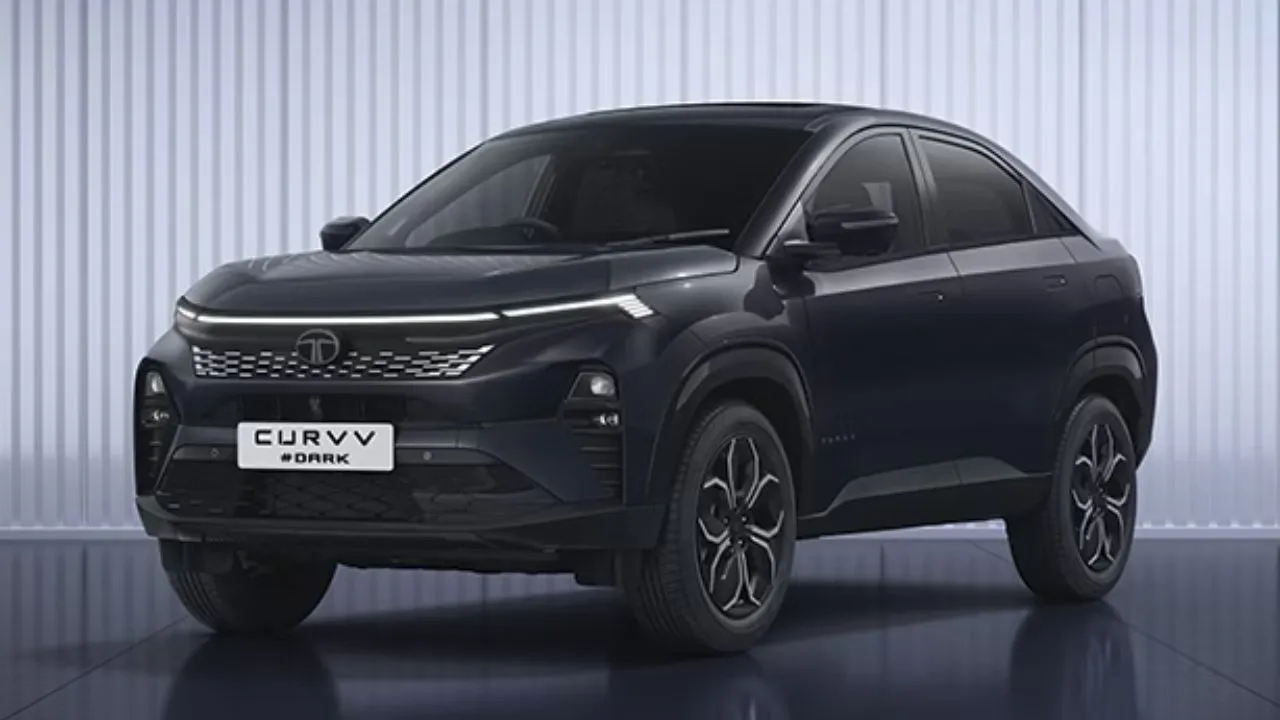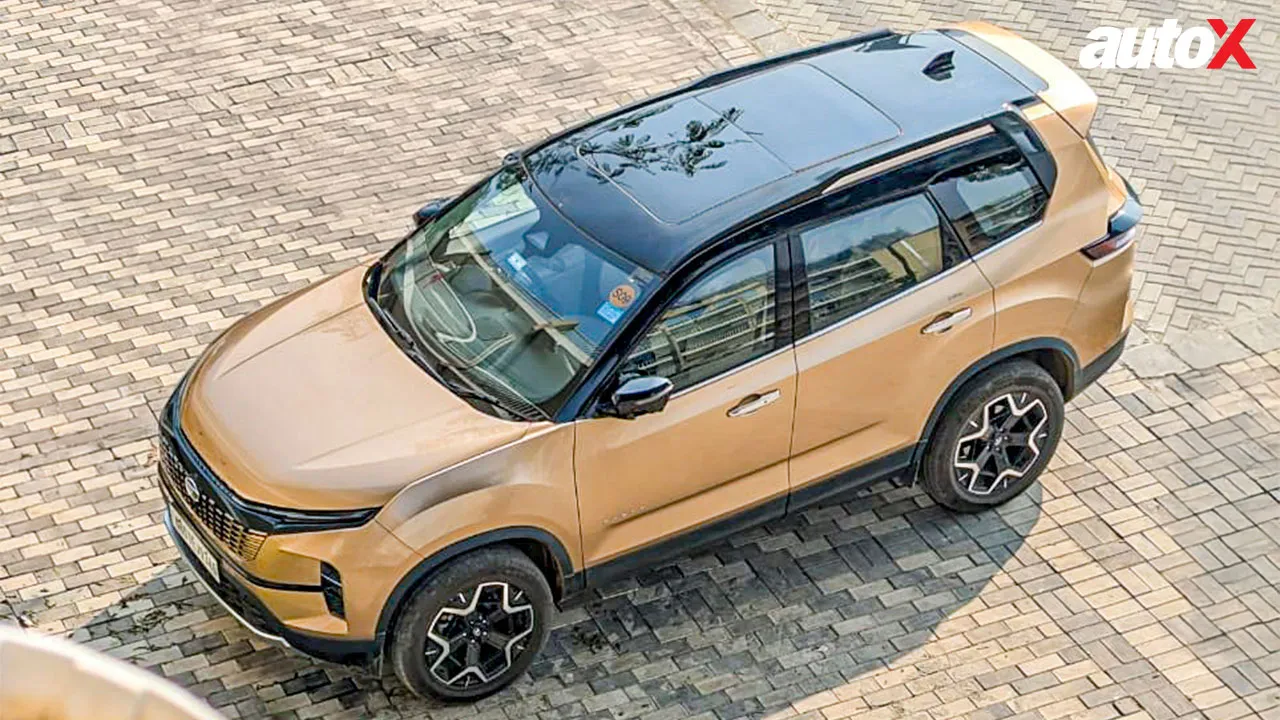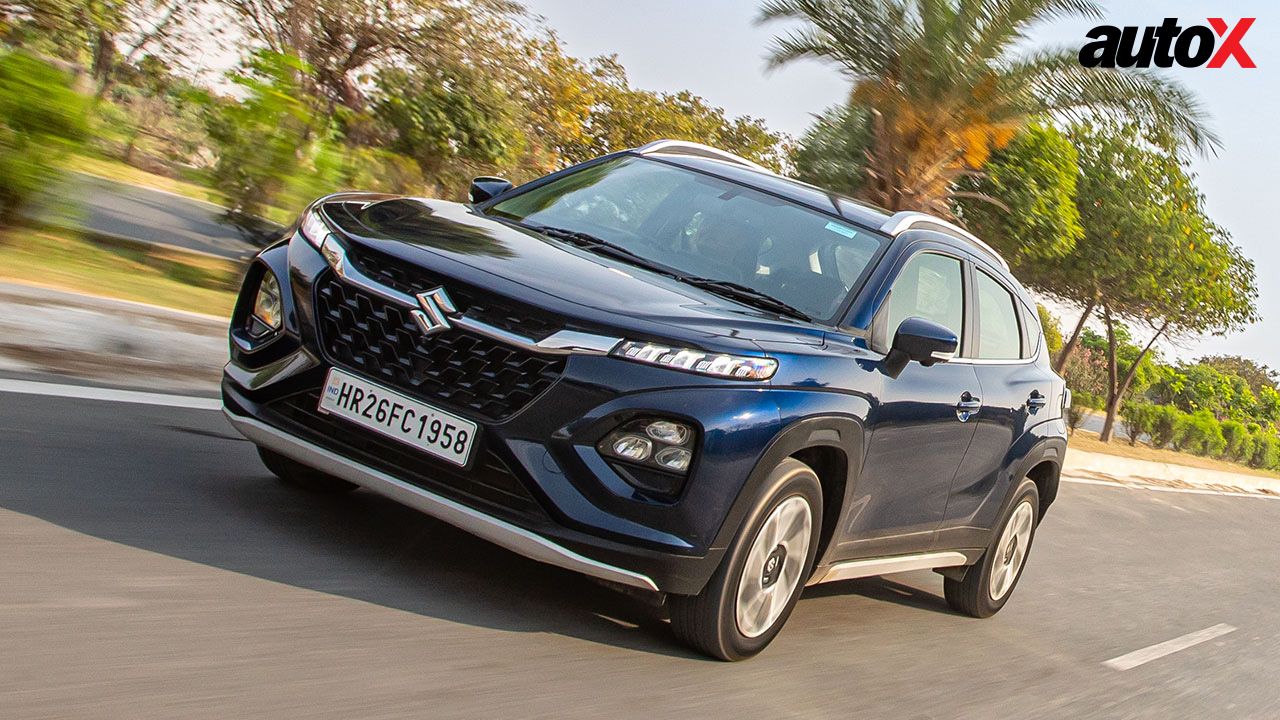Tata Motors Electric Future Plans Explained, Here's What Happens in the Next 5 Years
Tata Motors has set a lofty target of increasing its market share for electric vehicles in the next 5 years. It plans to launch a new electric vehicle every two years beginning in 2025. Let's take a quick look at what the future holds for the domestic carmaker.

Tata Motors has outlined an ambitious goal to increase its market share for electric vehicles. Jaguar Land Rover, a division of Tata Motors, will invest 15 billion pounds in the EV market over the next five years. Including the electric Range Rover later this year and a mid-sized all-electric SUV in the Range Rover series in 2025, JLR plans to introduce three electric cars over the following two years. Tata Motors is optimistic about the future of JLR's profitability and balance sheet. According to JLR's projection, the EBIT margin should be in the double digits by the 2026 fiscal year. The business intends to do the same through drastic expense savings and an improved product mix. Let's now have a brief look at what the future looks like for the homegrown automaker.
Also Read: Tata Harrier Crosses 1 Lakh Units Production Milestone in India
Increasing the Production Capacity
Tata Motors expects to ship 8000–10,000 electric vehicles by the end of the next fiscal year, up from the current monthly average of 400–5000 units. After previously achieving an annualised pace of 55,000 to 60,000 units per year with the Nexon and the Tigor EVs, it appears that Tata Motors plans to reach a pace of 1 lakh units by FY24 with the addition of the Tiago EV. According to sources, Tata Motors plans to build 1 lakh electric vehicles over the next 12 to 18 months, giving the business a penetration rate of above 15%. This includes the Punch EV scheduled for 2023 as well as the recently unveiled Tiago EV. If sales momentum is maintained, the expected income range for the EV sector is between Rs 12,000 and Rs 15,000 crore, which is almost equal to what the conventional car industry made just three years ago.
Also Read: Tata Punch EV Spotted for the First Time Ahead of India Launch
The Upcoming Launches
Tata Motors has an 87% market dominance in the domestic electric PV industry, which saw sales of 21,972 units in the first half of the current fiscal year. As large product entries from companies like Mahindra & Mahindra and Hyundai are expected to begin in the electric PV market as early as 2024, maintaining such a strong position may not be viable for very long. Maruti Suzuki, the leader in the PV sector, plans to start competing in pure EVs in 2025. A Maruti Suzuki EV should be among the most inexpensive, if not the most affordable, given its emphasis on playing the volume game.
Tata Motors expects to roll out a new EV at least every two years beginning in 2025, when the production version of the Avinya concept will be introduced, as part of its goal to maintain and expand its market share. The manufacturer intends to use the Avinya to penetrate developed EV markets, such as those in Europe. The Tata Curvv SUV will make its debut in 2024 before the Avinya. The 'Gen 2' platform concept used by Tata provides alternatives for both electric and traditional internal combustion engines.
Tata Motors' decision to primarily develop BEV technology so far appears to be paying off. Tata Passenger Electric Mobility saw sales increase by more than 4X during the first half of the current fiscal year, reaching 20,805 units, from 4,419 units during the same period in 2021. The growth curve is expected to become even steeper with the most recent arrival of the Tiago EV, the cheapest electric offering.







Write your Comment on